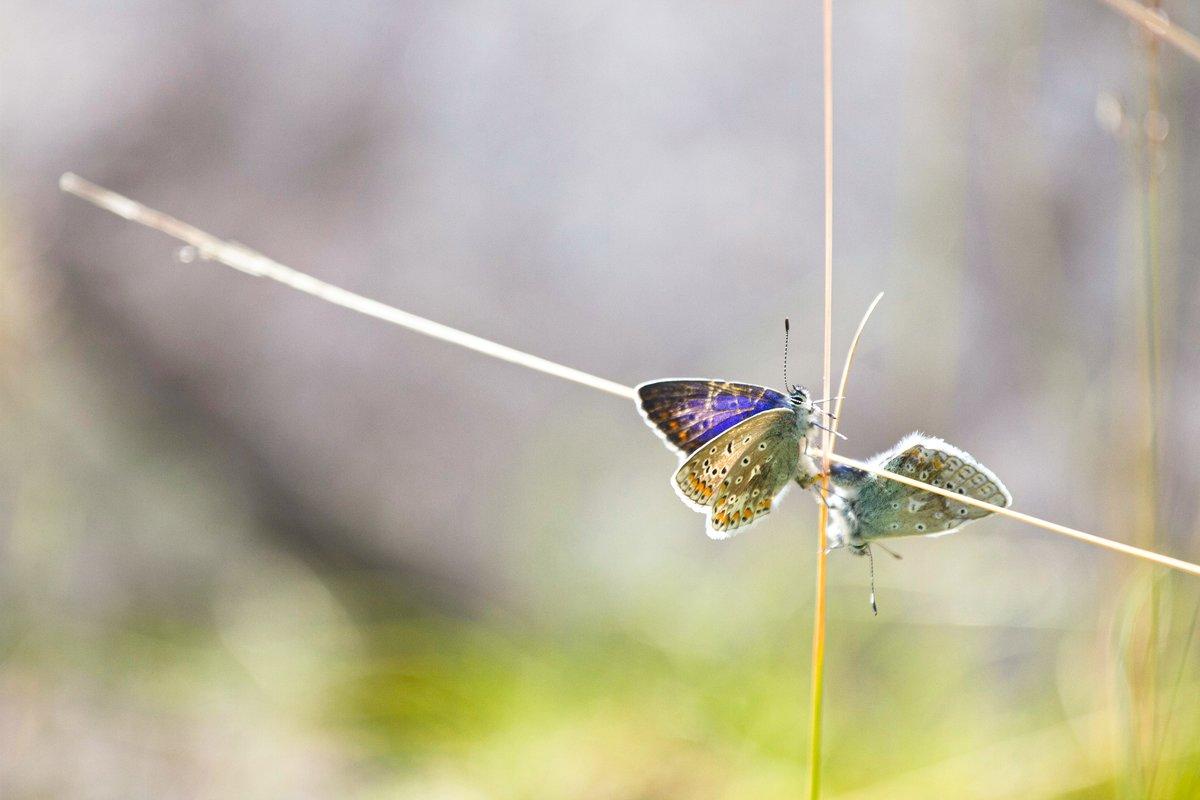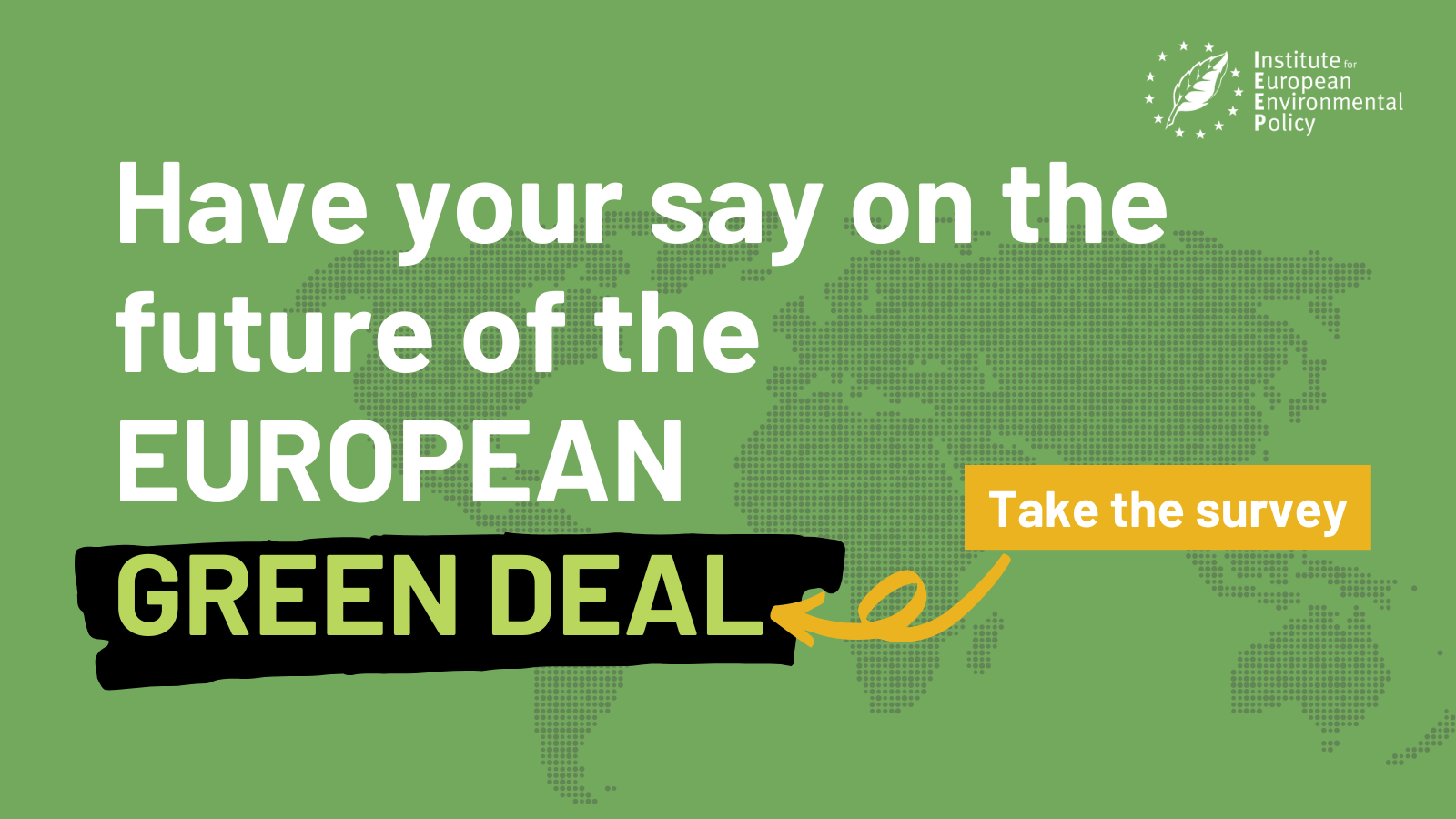AUTHORS: Graham Tucker – Giulia Costa Domingo – Fabien Quétier (BIOTOPE) – Wolfgang Wende (Technische Universität Dresden)
This guidance document provides key principles and best practices to mitigate the negative impacts of human activities on nature, and to achieve no net loss or, ideally, net gains in biodiversity and ecosystem services.
The guidance was initially prepared in support of Target 2 of the EU Biodiversity Strategy to 2020 on maintaining and restoring ecosystems and their services, and in particular Action 7, which was set out to ensure no-net-loss of biodiversity and ecosystem services. This remains very relevant to the EU 2030 Biodiversity Strategy, which aims to set nature on a path to recovery to benefit both people and the planet. To achieve this, is it is necessary to ensure our societies do not extract more from nature than they give back, thereby achieving no-net-loss.
In support of these objectives, this guidance addresses the need to better consider biodiversity and ecosystem services in public and private decision-making to decrease their potential negative impacts. It outlines good practice to apply the mitigation hierarchy including procedures for the design, implementation and enforcement of no-net-loss objectives.
Although it is the last step in the mitigation hierarchy, the focus is on offsetting, particularly outside the Natura 2000 network, as EU guidance is lacking on this. It is also urgently needed, as impacts from many developments (e.g. buildings, transport infrastructure, energy installations and extractive industries) remain after mitigation. These impacts need to be offset to avoid widespread substantial cumulative biodiversity and ecosystem service losses.
This work complements existing Commission guidance on the implementation of the Birds and Habitats Directives and avoidance and mitigation measures, and the Commission’s 2019 guidance on integrating ecosystem services into decision-making.
The guidance consists of four sections:
Section 1 gives an overview of the policy context of no-net-loss including existing objectives and initiatives.
Section 2 identifies the following key principles and strategies to achieve no-net-loss:
- Actions should follow the mitigation hierarchy prioritising avoidance of impacts followed by minimisation, then restoration and, finallym offsetting
- Biodiversity and ecosystem service trade-offs should be carefully considered and, where required, offsets should achieve gains in the same species or habitats or in those with higher biodiversity importance.
- Measuring no-net-loss shoud be done at the local scale.
- Appropriate baseline years should be chosen.
- All sectors should be covered, including agriculture, forestry, fishing and other land and sea uses.
- Mainstreaming of no-net loss into policies, programmes and projects should be ensured and based on clear objectives.
- Stakeholders should be involved at all stages to make design and implementation successful and fair.
Section 3 provides guidance on avoiding and minimising negative impacts on biodiversity and ecosystem services. Speecifically, it explores how spatial planning and EIA/SEAs can be powerful tools in contributing to no-net-loss objectives. Moreover, it outlines mitigation measures and how they should be considered in these processes.
Section 4 delves into biodiversity and ecosystem service offestting providing practical guidance and key principles for their design and implementation. This includes decisions on what type and how much offsetting is requires, where and when these should happen, what approaches exist to achieve them, how to deal with uncertainties and time lags, and what resources are needed to ensure their long-term success. Practical examples are provided and promising methods such as pooling offsets and habitat banks are highlighted.
This guidance builds on previous IEEP work done under the framework of Target 2 of the EU biodiversity strategy for 2020.
The study is also available on the DG ENV website.



